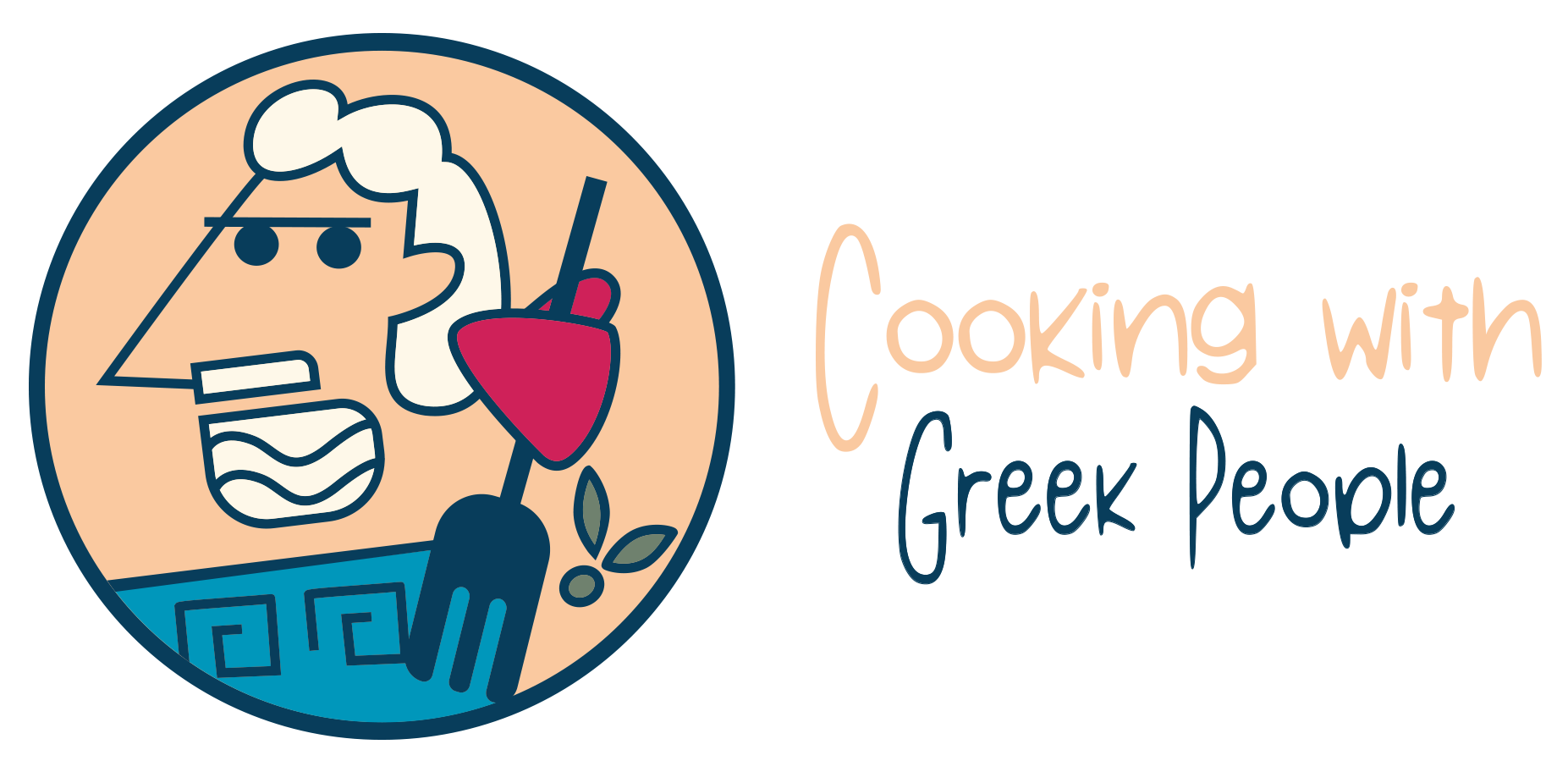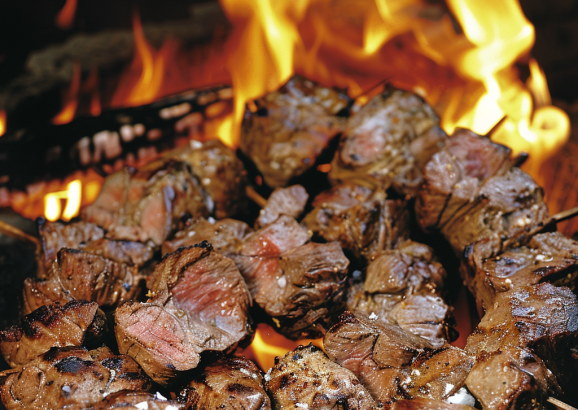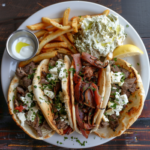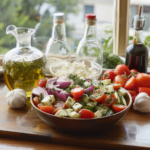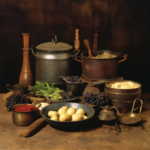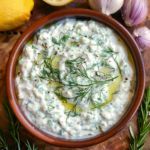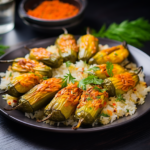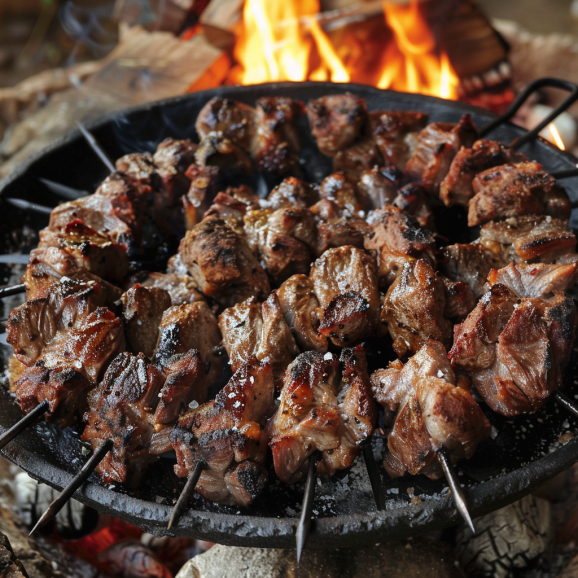
Introduction to Cretan Cuisine
Cretan cuisine is a celebration of simplicity, freshness, and tradition. Known for its adherence to natural ingredients and time-honored cooking methods, it embodies the essence of the Mediterranean diet. Among its many culinary gems, This dish stands out as a dish that encapsulates the island’s rich cultural heritage and love for flavorful, rustic food.
What is Antikristo?
This is a traditional Cretan dish, renowned for its unique preparation method and deep, smoky flavors. The name “Antikristo” means “opposite each other,” referring to the way the meat is cooked facing the heat source. This ancient technique involves slowly roasting lamb over an open fire, allowing the meat to cook evenly and absorb the smoky aroma, resulting in tender and flavorful lamb that is a true delight for the senses.
Ingredients and Preparation
Ingredients
- Lamb: Traditionally, a whole lamb or large cuts of lamb are used.
- Sea Salt: To season the meat.
- Olive Oil: For basting, enhancing the flavor and moisture.
Preparation
- Preparing the Lamb: The lamb is carefully seasoned with sea salt, ensuring it penetrates deep into the meat for a well-balanced flavor.
- Skewering: The meat is skewered and positioned around the fire, with the pieces facing each other and the heat source, hence the name Antikristo.
- Slow Roasting: The meat is cooked slowly over a low fire, with regular basting of olive oil. This process can take several hours, allowing the flavors to develop fully.
- Serving: Once cooked, the lamb is served hot, often accompanied by fresh bread, salads, and traditional Cretan side dishes.
Health Benefits
While this is a rich and indulgent dish, it also offers several health benefits when consumed as part of a balanced diet:
- High-Quality Protein: Lamb is an excellent source of high-quality protein, essential for muscle repair and growth.
- Rich in Vitamins and Minerals: Lamb provides essential nutrients such as vitamin B12, iron, and zinc.
- Healthy Fats: Using olive oil in the cooking process adds healthy monounsaturated fats, known for their heart health benefits.
Cultural Significance
This is more than just a dish; it is a cultural symbol of Crete. Traditionally, it was prepared during large gatherings, celebrations, and religious festivals. The slow cooking process allowed for social interaction and community bonding, making it a central part of Cretan hospitality and festivity.
Variations
While the traditional method involves lamb, there are several variations to explore:
With Different Cuts of Meat
While lamb is the most common meat used, variations using goat or pork can also be found. Each type of meat offers a unique flavor profile while retaining the essence of the dish.
With Herbs and Spices
Some modern adaptations include marinating the meat with a blend of Cretan herbs and spices, such as oregano, thyme, and garlic, adding an extra layer of flavor.
FAQ
What is Antikristo?
This is a traditional Cretan dish where lamb is slow-roasted over an open fire, seasoned with sea salt and olive oil.
How long does it take to cook?
The cooking process is slow and can take several hours, typically around 3-4 hours, to ensure the meat is tender and flavorful.
Can other meats be used?
Yes, while lamb is traditional, variations using goat or pork are also enjoyed.
What is the origin of the name Antikristo?
The name “Antikristo” means “opposite each other,” referring to the way the meat is positioned facing the heat source during cooking.
What are the health benefits of lamb over an open fire?
This provides high-quality protein, essential vitamins and minerals, and healthy fats from olive oil.
Recipe
Ingredients
- 2 kg lamb cuts (shoulder, leg, or ribs)
- Sea salt
- Olive oil
Instructions
- Season the Meat: Generously season the lamb cuts with sea salt, ensuring even coverage.
- Skewer the Meat: Skewer the meat pieces and position them around a low fire, facing each other.
- Slow Roast: Cook the lamb slowly over the fire for 3-4 hours, basting regularly with olive oil to keep the meat moist and flavorful.
- Serve: Once the meat is tender and smoky, serve it hot with fresh bread and traditional Cretan side dishes.
Embedding the Cretan Culinary Experience
To fully immerse yourself in the flavors of Crete, explore these related topics:
- Xinohondros: Traditional Cretan Soup: Discover this hearty soup made from fermented cracked wheat and goat’s milk.
- Gamopilafo: Cretan Wedding Rice: Learn about this festive rice dish often served at weddings.
- Sfakianes Pites: Pies from Sfakia, Crete: A look into the savory pies unique to the Sfakia region.
- Cretan Honey: The Greek Island of Crete: Explore the rich and aromatic honey that is a staple in Cretan desserts.
- Dakos Salad: Recipe from Crete: A refreshing salad featuring barley rusks, tomatoes, and feta cheese.
- Cretan Mushrooms in a Red Wine Sauce: A flavorful mushroom dish cooked in red wine.
- Cretan Cuisine: Vibrant Flavors: An overview of the diverse and vibrant flavors that define Cretan cooking.
External Links
- Digital Heroes Caffe: Explore a variety of Greek products and recipes.
- Chef on a Bike YouTube Channel: Watch video tutorials on authentic Greek recipes and cooking techniques.
Conclusion
This dish is a shining example of Cretan culinary artistry, combining simple ingredients and traditional cooking techniques to create a dish that is both flavorful and culturally significant. By embracing this rustic preparation method, you can bring a taste of Crete to your table and enjoy the rich heritage of Cretan cuisine. Explore more about Cretan dishes and immerse yourself in the vibrant flavors and traditions of this beautiful island.
